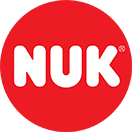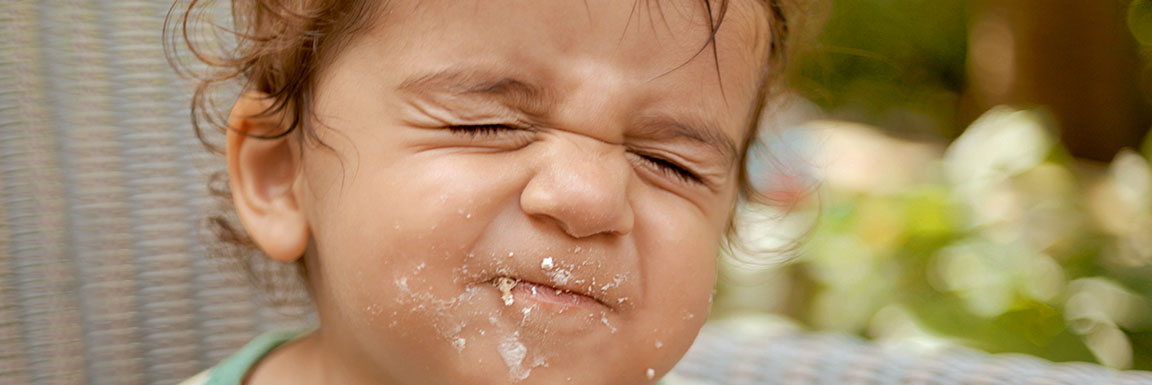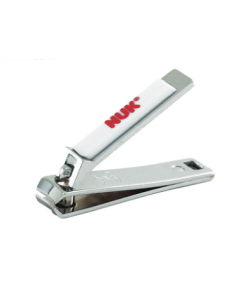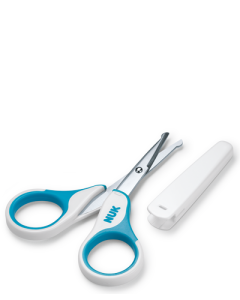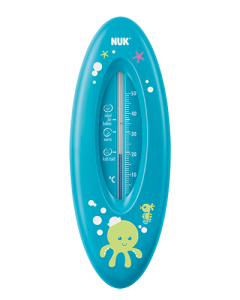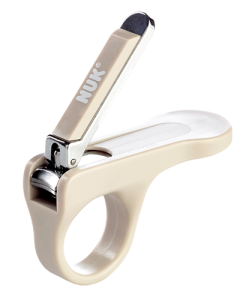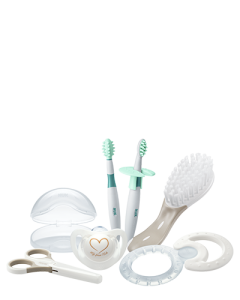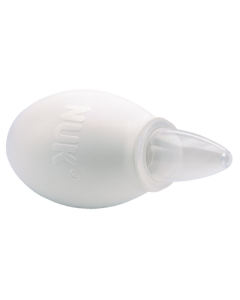Babycare
Our baby care tips for new parents
Especially during the first attempts at baby care, new parents are often afraid of doing something wrong. However, care routines offer the perfect opportunity to strengthen the intimate bond with your baby. To assist with the first steps of baby care you can purchase helpful baby care sets - so you have the most important care utensils for your baby to hand at home. With a few tips and a little practice, you'll quickly get the hang of how best to manage your baby's care routines and enjoy this time together with your baby even more.
1. Baby care tip: bathing
Especially in the first months of life, your little darling’s skin is still very sensitive. This is why you should always proceed very carefully when caring for your baby - especially when it comes to bathing. Normally, a quick wash with some warm water and a flannel is sufficient to clean your baby's body in the morning or evening.
Especially during the first period - after the umbilical cord wound has healed - a weekly bath with a water temperature of about 37°C is sufficient. You could repeat this once or twice a week, but in order to protect the baby's skin you should avoid bathing too often. To ensure that the water is neither too hot nor too cold, you can use a special bath thermometer for babies. With this baby thermometer you can ensure that your baby's skin does not come into contact with water that is too hot - water that is too cold can also be unpleasant. Afterwards, you should dry the little body directly with a soft towel to prevent your baby from cooling down.
The bath time itself should be rather short at the beginning: Newborns should be bathed for a maximum of 5 minutes, slightly older babies for a maximum of 10 minutes. If your little darling is then a year old and the skin is not quite as sensitive, he or she can splash around in the bath water for a little longer.
2. Baby care tip: washing baby’s hair
The fine baby hair often falls out during the first year of life and then grows back again. This is quite normal. Other babies are already born with a relatively full head of hair and keep it. Regardless of the density of the baby hair, the hair and scalp should not be neglected when caring for the baby. Many parents ask themselves: Do we have to wash the baby’s hair? Yes and no. The hair can be gently rinsed with water during the baby's weekly bath - shampoo is not necessary in the first months of life. However, is not necessary to wash the baby's hair more than once a week.
Brushing with a soft baby brush also provides a gentle massage for the scalp during the baby care ritual. Even if your baby does not have any hair yet, the scalp massage with the soft baby hair brush is a good way to get him or her used to the later ritual of hair care. It also prevents cradle cap and stimulates hair growth.
3. Baby care tip: the baby’s nails
Not only does your baby grow and grow - of course, its toenails and fingernails also grow diligently. To prevent your baby from scratching itself, e.g. while sleeping, the baby’s nails should be shortened after a while. This important part of baby care can be started carefully from about the fourth to sixth week. Extra-rounded baby nail scissors are available in order to avoid injury to the little fingers. Special care is required because baby nails are still very soft and it is often not easy to distinguish them from the nail bed.
Beginner's tip: If your child fidgets a lot and the thought of cutting nails makes you nervous, try it while the baby is sleeping. Babies often don't even notice and you can practice with the baby nail scissors in peace and quiet.
The right baby care for cradle cap
Some newborns’ body functions need some time to settle down properly. The sebaceous glands of the scalp often produce too much sebum in the first weeks of life. This can lead to a yellowish scaly layer - so-called cradle cap. If you know how, you can remove the cradle cap with a little baby care.
To loosen the crusts, you should rub your baby's scalp lightly with unscented baby oil and leave it on overnight. The next morning you can carefully remove the scales with a comb to remove the cradle cap from. Loose scales and oil residues can be carefully washed off with clear water and, if necessary, with a mild baby shampoo. However, cradle care is nothing to worry about for the time being: In most cases it is not medically necessary for it to be removed.
Important: You should take care not to confuse cradle cap with so-called atopic dermatitis. This manifests itself by itching or wetting of the scalp. atopic dermatitis should not be removed by yourself. You should preferably consult a paediatrician, who will explain the further procedure to you.
In general, with regard to hygiene for your baby, you should not overdo it as newborns are more sensitive to external influences. Just stay relaxed and calm. As soon as you become nervous, this will also affect your baby. Especially with the first child, these tasks can make young parents nervous, however, you will notice that a self-confident routine will develop within a short period of time.
